Telecentric Lens Size Control
Authors: Gregory Hollows, Nicholas James
This is Section 4.3 of the Imaging Resource Guide
The field of view (FOV) of any telecentric lens is limited by the front optic diameter; the larger the required FOV, the larger the front optic diameter. Telecentric lenses can grow quite large and heavy with small magnifications, as such magnifications require large front optics; this can be prohibitive in some setups where weight or size is a concern. The f/# of a lens also plays into the size of the lens, particularly at large magnifications where the front optics also grow with the speed of the lens. Figure 1 shows two different 4X telecentric lenses of different f/#s. The lens at the top of Figure 1 shows a system that runs at f/6, and the lens at the bottom runs at a much slower f/16.

Figure 1: Two 4X telecentric lenses, operating at f/6 (top) and f/16 (bottom), showing how f/# can partially dictate element size for telecentric lenses.
If a particularly large FOV is required, fixed focal length lenses can be augmented with additional optics in order to produce a pseudo-telecentric lens for large FOV. Figure 2 shows a 25mm fixed focal length lens that has been augmented with a Fresnel lens to make a telecentric lens that has an 8” FOV. This type of augmentation always has lower image quality than a specifically designed telecentric lens, but can be useful where cost-sensitive, large FOV applications require telecentricity. This approach allows for minimal flexibility with regards to working distance, as well as substantial chromatic aberrations due to the use of a Fresnel lens.














 Previous Section
Previous Section 
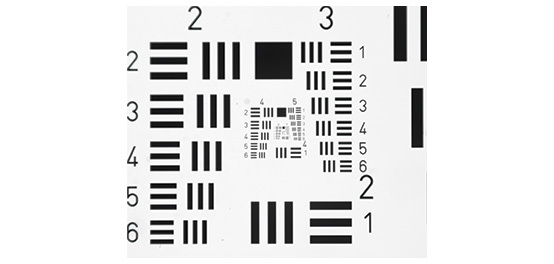
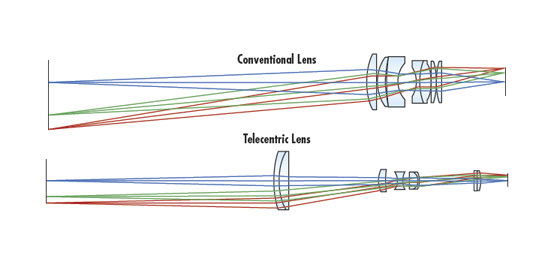
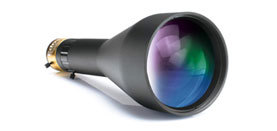
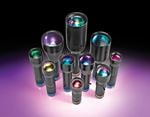

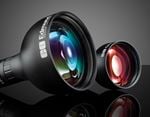
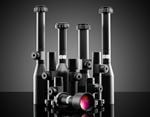
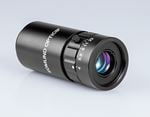
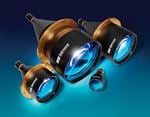
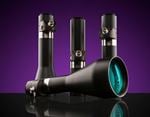
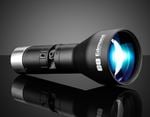
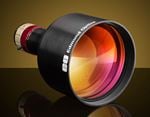
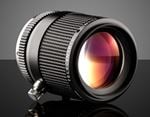
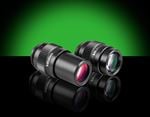
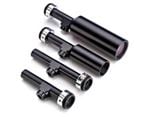
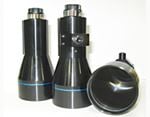
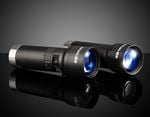
or view regional numbers
QUOTE TOOL
enter stock numbers to begin
Copyright 2023, Edmund Optics Inc., 18 Woodlands Loop #04-00, Singapore 738100
California Consumer Privacy Act (CCPA): Do Not Sell or Share My Personal Information
California Transparency in Supply Chains Act